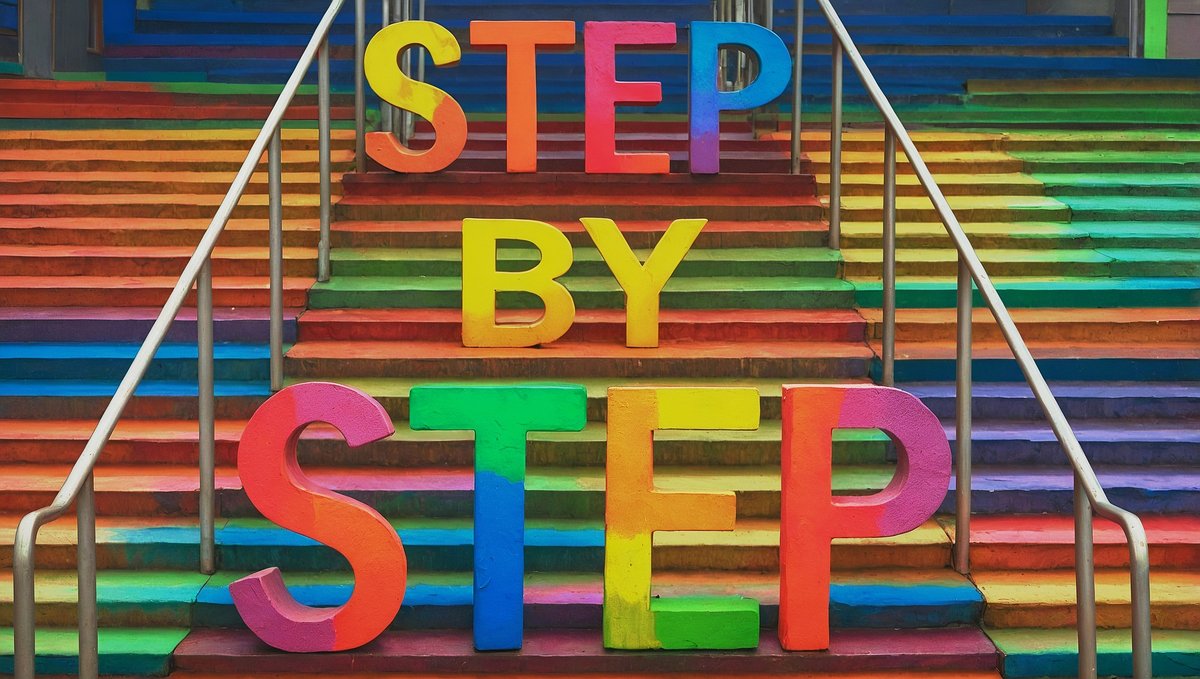Diversity and inclusion are not the same, yet the terms are often used synonymously. Our Cluster of Excellence addresses both in its research: diversity as a social fact and inclusion as a policy measure. For example, we explore questions such as: Does ethnic diversity in the classroom lead to greater mutual understanding among students? How have containment measures during the COVID-19 pandemic affected men and women? What strategies could help reduce the gender pay gap? But we don't just research aspects of diversity and inclusion - we are also implementing them within our cluster.
Inclusive communication means: all information is accessible for everyone.
In 2024, the University of Konstanz developed a "Guideline on Linguistic Diversity" aimed at enabling inclusive communication for all university members. In an interview for In_equality magazine "In_clusion & Diversity," our PI Theo Marinis, who played a key role in shaping the guideline, explains why inclusive communication is so important and what inequalities can arise when it is neglected.

The project COVID-19 Policies for Gender Equality (CoPE), investigates gender-specific inequalities in the division of household and care work between couples through a cross-country comparative analysis. The team is not only interested in the overall life satisfaction of men and women but also examines gender inequalities in family policies.
The project Selection in Leadership Positions and Perception of Inequality explores the mechanisms and processes that play a role in the selection of leadership personnel. The focus on the labor market stems from the fact that, in Western societies, inequality is largely manifested through significant differences in labor market success, which vary greatly from individual to individual. Among the characteristics of successful individuals is gender—one of the questions the project team aims to discover is why this is the case.


![[Translate to Englisch:] article](/fileadmin/_processed_/e/3/csm_07-02_dc2e54e615.jpg)
![[Translate to Englisch:] article](/fileadmin/_processed_/b/0/csm_07-03_ed0f41ab44.jpg)
![[Translate to Englisch:] article](/fileadmin/_processed_/d/e/csm_07-04_ad613079d5.jpg)
![[Translate to Englisch:] article](/fileadmin/_processed_/4/b/csm_07-05_eda2e2f476.jpg)
![[Translate to Englisch:] article](/fileadmin/_processed_/4/e/csm_07-06_0b89325070.jpg)
![[Translate to Englisch:] article](/fileadmin/_processed_/7/1/csm_07-07_aba6be1c7c.jpg)
![[Translate to Englisch:] article](/fileadmin/_processed_/f/0/csm_07-08_575181365e.jpg)
![[Translate to Englisch:] article](/fileadmin/_processed_/c/6/csm_07-09_e87f3fd6e3.jpg)
![[Translate to Englisch:] article](/fileadmin/_processed_/8/f/csm_07-10_16291d234d.jpg)